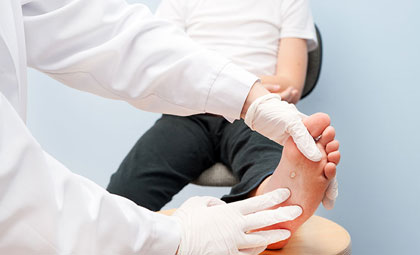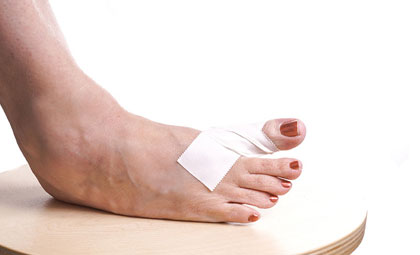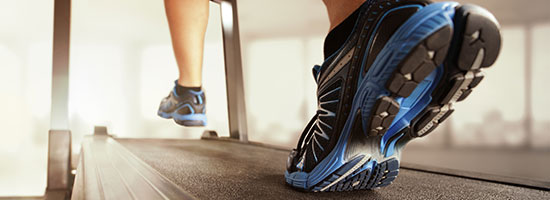

Pressure ulcers are open wounds caused by corns or calluses pressing into the skin and damaging inner layers of the skin. These sores are most common on the heel, ball of the foot, and the big toe. If you have too much pressure on one part of your foot, it is possible to develop a pressure ulcer. However, diabetics are at an increased risk of developing the ulcers due to reduced sensation.
What are the symptoms of Pressure Ulcers?
In addition to open wounds, pressure ulcers can cause hot red spots, thickened areas of skin, and joint or bone problems. Pressure ulcers and the associated symptoms develop gradually, but you can catch it early by examining your feet daily if you are at risk.
Causes
Pressure ulcers are commonly caused by pressure against the skin that limits blood flow to the skin. Other factors related to limited mobility can make the skin vulnerable to damage and contribute to the development of pressure sores.
Three primary contributing factors for bedsores are:
- Pressure. Constant pressure on any part of your body can lessen the blood flow to tissues. Blood flow is essential to delivering oxygen and other nutrients to tissues.
- Friction. Friction occurs when the skin rubs against clothing or bedding. It can make fragile skin more vulnerable to injury, especially if the skin is also moist.
- Shear. Shear occurs when two surfaces move in the opposite direction.
How are they treated?
Foot ulcers can heal on their own, but it takes a significant amount of time if you have an infection or poor circulation. Your doctor may choose to clean the ulcer and then cover it to keep it protected, or may recommend a cast or custom orthotics to keep pressure off of the affected area. If your ulcer becomes infected, you may be prescribed an antibiotic.













